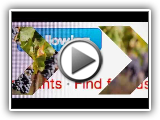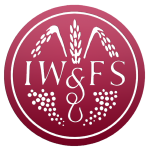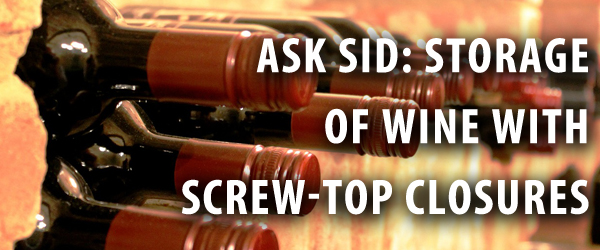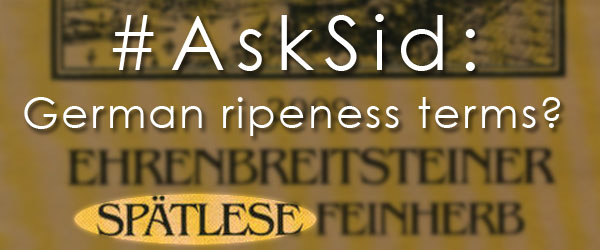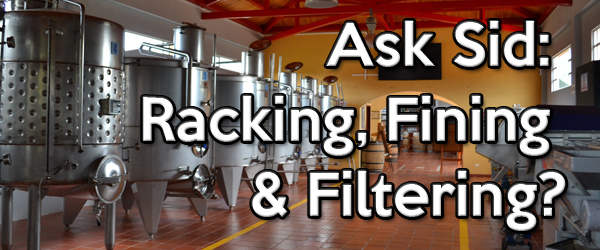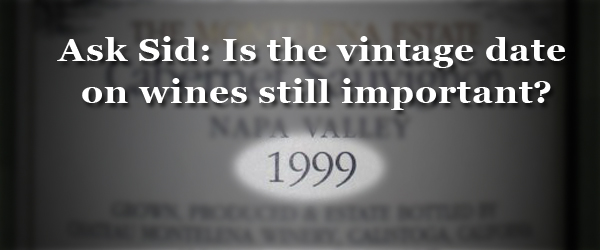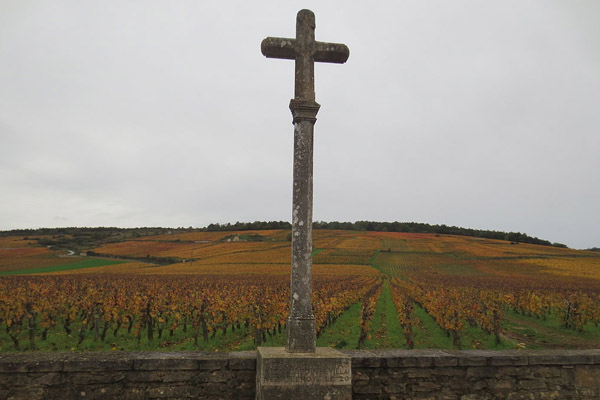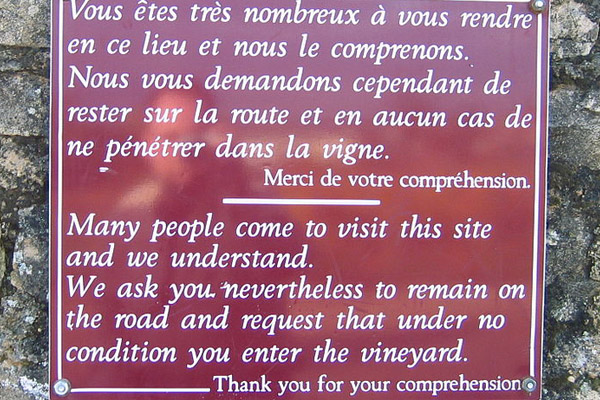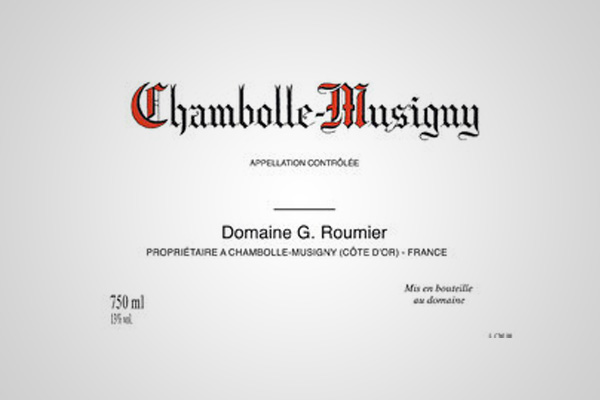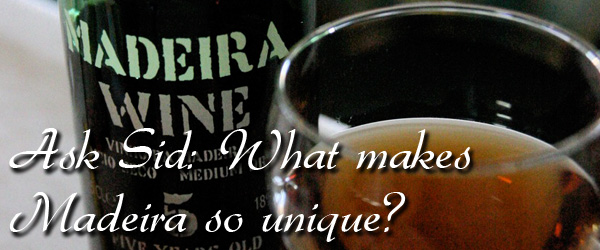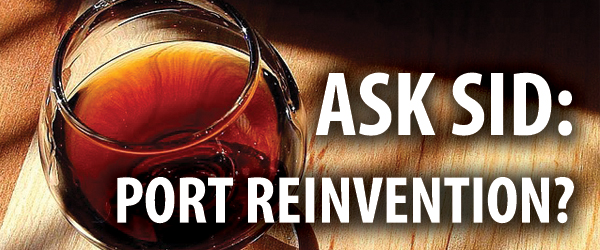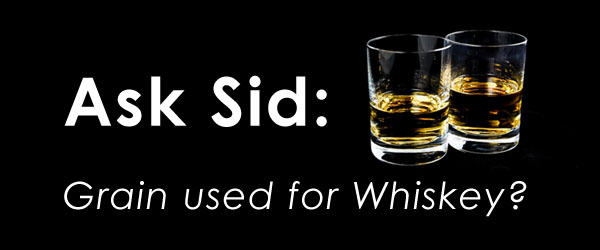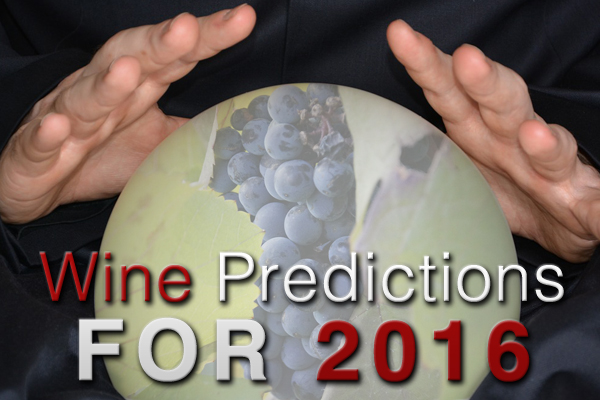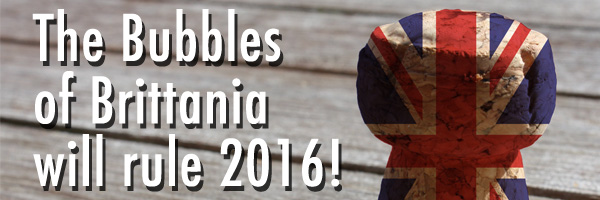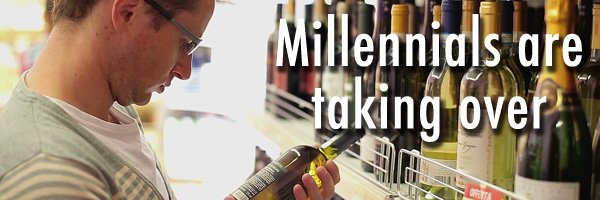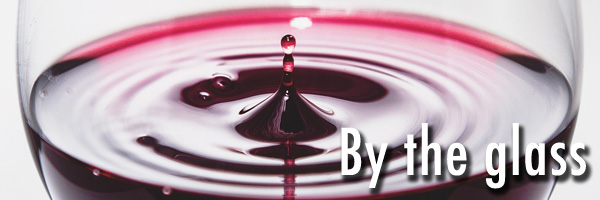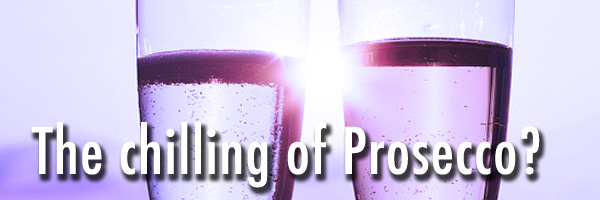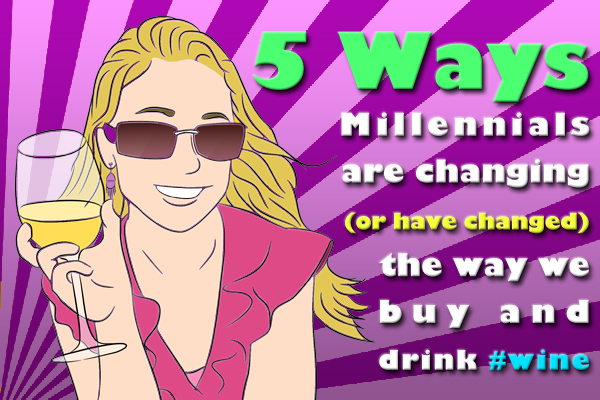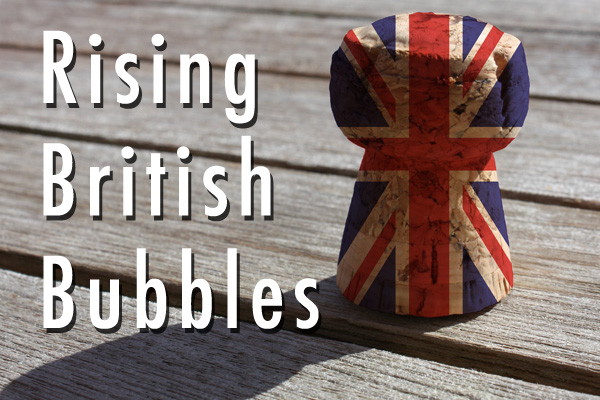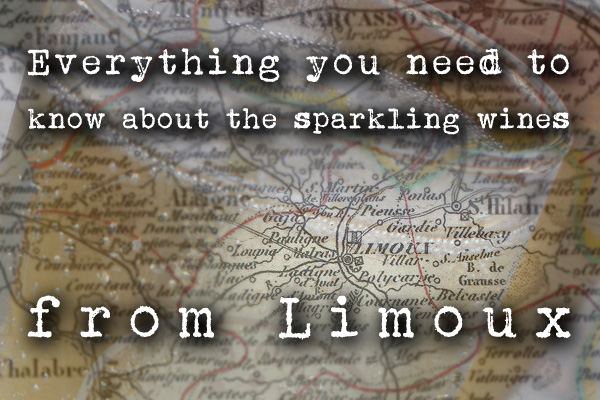
By Stephanie Watson [CC BY 2.0], via Wikimedia Commons
By Joseph Temple
For anyone who thinks that a famous French monk invented sparkling wine–well, here’s some news for you! More than a century before Dom Pierre Pérignon began experimenting with bubbles on the chalky soil of Champagne, a small commune in the foothills of the French Pyrenees named Limoux was already producing its very own fizz. Back when Épernay and Reims were best known for their wool exports and the surrounding vineyards grew mostly red wine grapes, this small community on the river Aude became the birthplace for French bubbly.
Today, Limoux is largely seen as sparkling wine’s redheaded stepchild when compared to the names Veuve Clicquot, Bollinger and Krug. However, with some experts predicting that the market for high-end Prosecco is about to chill, Limoux may experience a renaissance for those seeking out a competitively priced alternative to Champagne. So here are ten facts to get you up to speed on this French wine region.
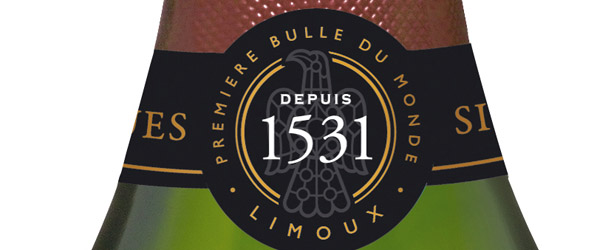
By Sieurd’arques (Own work) [CC BY-SA 3.0], via Wikimedia Commons
1. According to the Limouxins, sparkling wine has been produced there since at least 1531. However, some historians believe it was first invented during the Middle Ages.
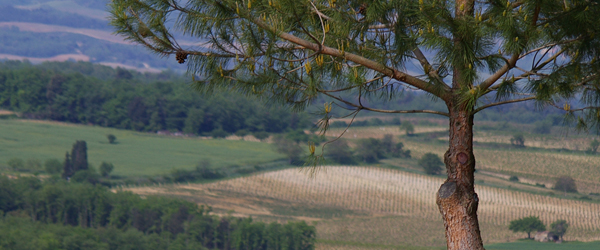
By jmt-29 (https://www.flickr.com/photos/jmt-29/2400948787/) [CC BY 2.0], via Wikimedia Commons
2. A mix between Atlantic and Mediterranean climates, Limoux is situated on a high altitude. The limestone slopes make it an ideal spot to grow Chardonnay.
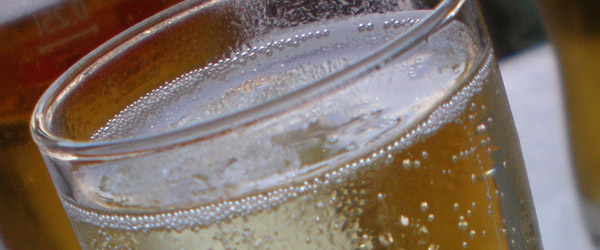
By Stephanie Watson [CC BY 2.0], via Wikimedia Commons
3. The two main styles of sparkling wine are Blanquette de Limoux and Crémant de Limoux.
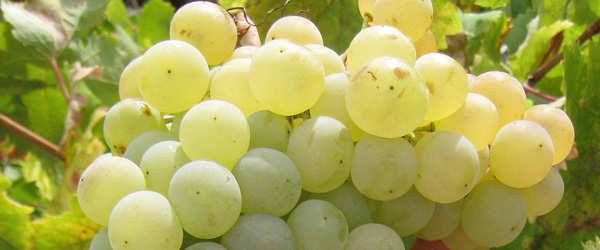
By syvwlch [CC BY 2.0], via Wikimedia Commons
4. Blanquette de Limoux must be made with 90% Mauzac grapes – a local variety also known as Blanquette and tastes similar to apple skins. The rest is made up of Chardonnay and Chenin Blanc.
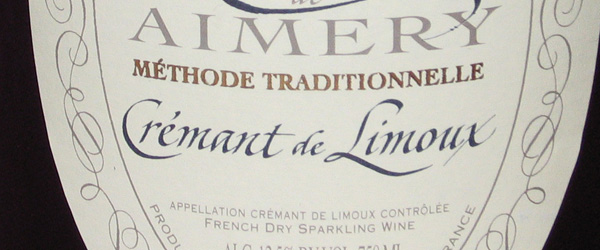
By Tomas er (Own work) [GFDL or CC BY-SA 4.0-3.0-2.5-2.0-1.0], via Wikimedia Commons
5. The more popular Crémant de Limoux only needs 10% Mauzac and/or pinot noir with the remaining 90% being Chardonnay and Chenin Blanc, resulting in a more refreshing taste.
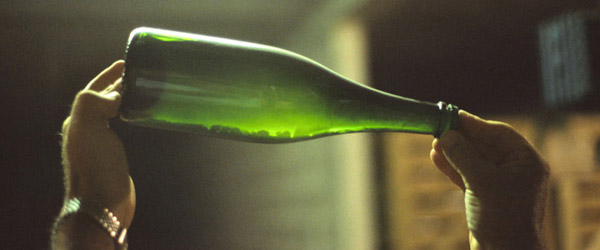
6. Crémant means French sparkling wine that is made outside the district of Champagne using the traditional method of secondary fermentation occurring inside the bottle.
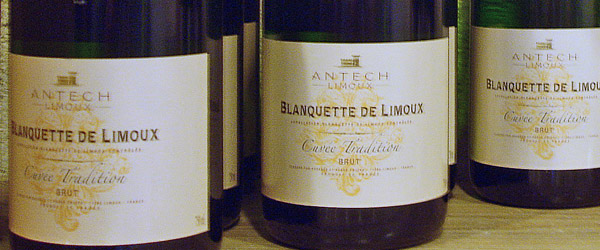
By Pinpin (Own work) [GFDL, CC-BY-SA-3.0 or CC BY-SA 2.5-2.0-1.0], via Wikimedia Commons
7. Whereas Crémant de Limoux must spend at least fifteen months aging on the yeast lees, Blanquette de Limoux is aged only nine months on the lees.
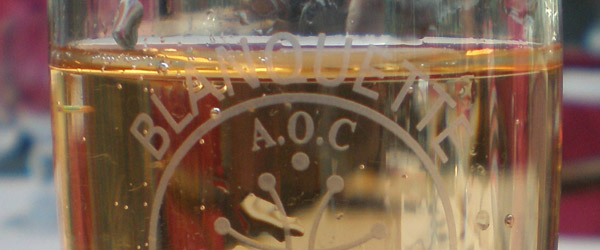
By Stephanie Watson [CC BY 2.0], via Wikimedia Commons
8. In 1938, an AOC was given to Blanquette de Limoux. But in 1975 and 1989 respectively, the rules were loosened to allow less Mauzac grapes and more international varieties such as Chardonnay.

By Sieurd’arques (Own work) [CC BY-SA 3.0], via Wikimedia Commons
9. Limoux sparkling wine is known to have pear, peach and apricot aromas and a round, creamy taste with lemony acidity.
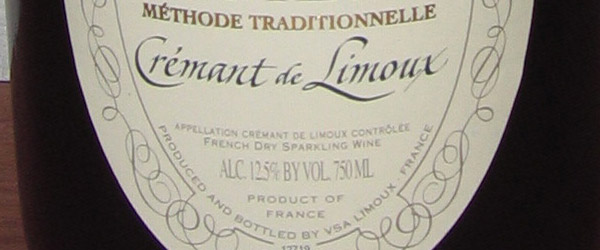
By Tomas er (Own work) [GFDL or CC BY-SA 3.0], via Wikimedia Commons
10. Most sparkling wine from Limoux is dry and sold as a non-vintage.
Sources:
Coates, Clive. An Encyclopedia of the Wines and Domaines of France. Berkeley: University of California Press, 2000.
Gasnier, Vincent. A Taste For Wine: 20 key tastings to unlock your personal wine style. New York: Penguin, 2006.
Hammond, Carolyn. 1000 Best Wine Secrets. Naperville: Sourcebooks Inc., 2006.
Joseph, Robert. Eyewitness Companions: French Wines. New York: Penguin, 2005.
MacNeil, Karen. The Wine Bible. New York: Workman Publishing, 2015.
You might also like:
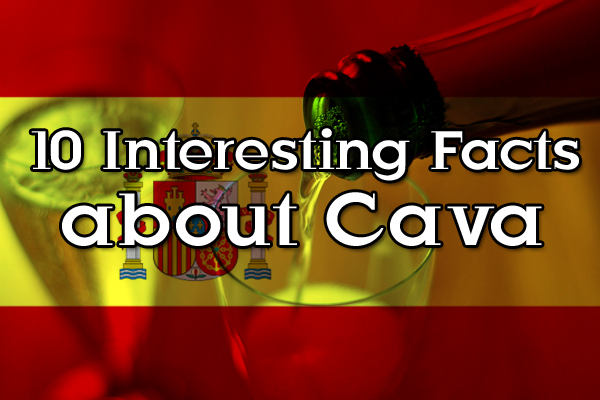 |
 |
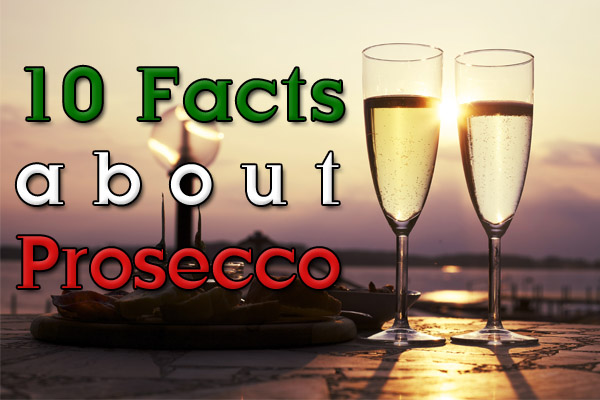 |

